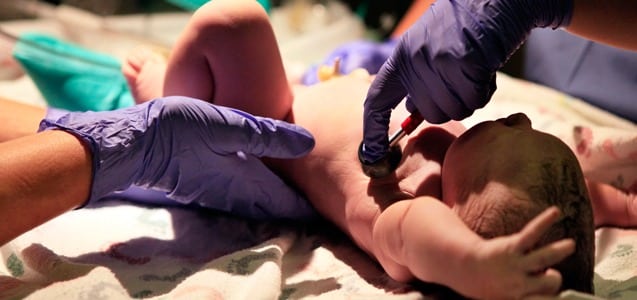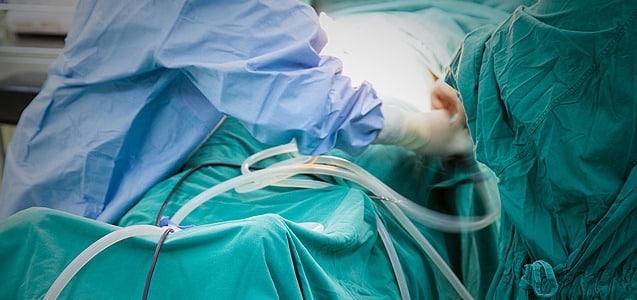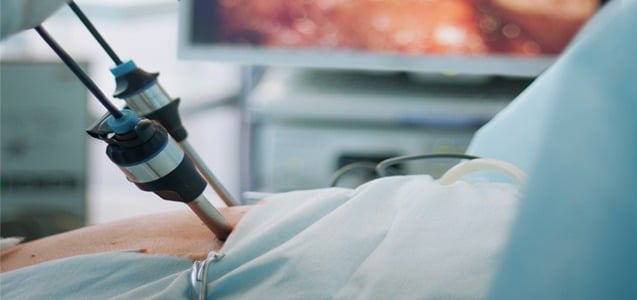Sometimes, during the labor and delivery process, the baby needs a little help getting through the birth canal. Approximately 1 out of 20 vaginal deliveries in the United States result in some form of assistance being required. Prolonged labor can be dangerous to the baby as well as extremely painful and exhausting to the mother. Two common forms of assisted delivery, used by medical providers to when labor is stalled, are vacuum extraction and forceps delivery.
Vacuum extraction involves placing a small round cup on the baby’s head, which attaches to a vacuum pump creating suction to help guide the baby out of the birth canal. If performed incorrectly, suction during vacuum extraction can cause permanent and even life-threatening injuries, including: massive bleeding (hemorrhage and hypovolemic shock) beneath the scalp or within the brain (intracranial hemorrhage and encephalopathy); brain damage; skull fracture; and, retinal hemorrhage. Forceps delivery (another assisted delivery method), can also cause skull fractures, skull bleeding, and bruising on the baby’s head and face. These injuries have been known to cause permanent brain damage, neurological injuries and more specifically, cerebral palsy (CP).
In the hands of an inexperienced or untrained physician, a vacuum-assisted or forceps-assisted delivery can cause you and your child serious and permanent injuries. The cost of care for a child with cerebral palsy, or any birth injury, is very high. If your child’s birth injury was caused by a complication during vacuum-assisted or forceps-assisted delivery, contact The Yost Legal Group today at 1-800-YOST-LAW (800-403-7259). When you call, you will speak with an experienced Baltimore Medical Malpractice attorney absolutely FREE.
We handle all cases on a contingency fee basis. This means you will never pay an attorney’s fee up front, and you owe us nothing unless we win your case. The attorneys at Yost Legal Group are experienced, caring professionals ready to investigate your claim with compassion and determination. Call us today to receive a free, confidential consultation about your possible case. A The Yost Legal Group, there is no fee or expense unless you recover.


